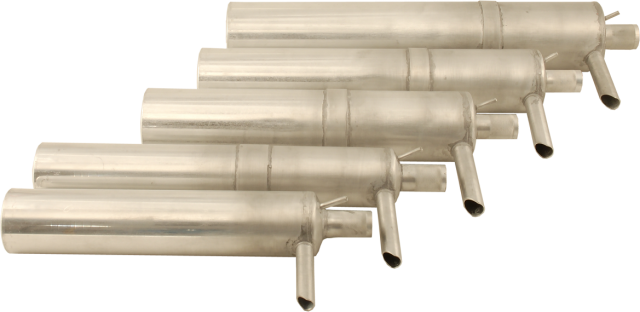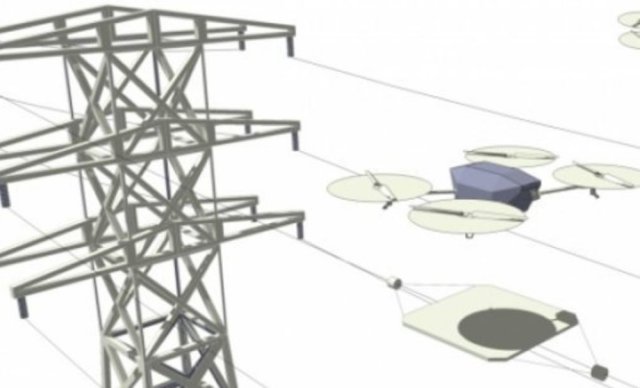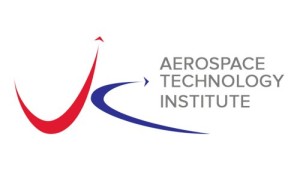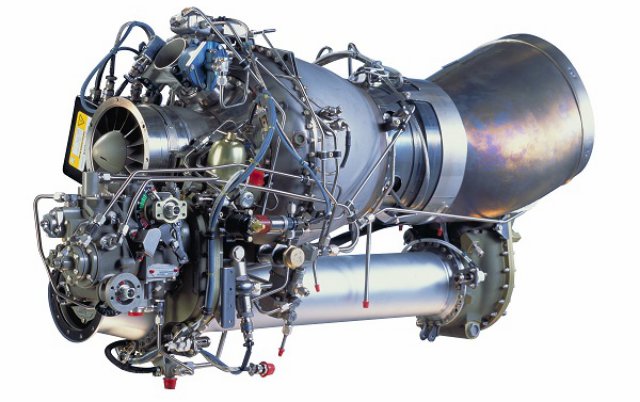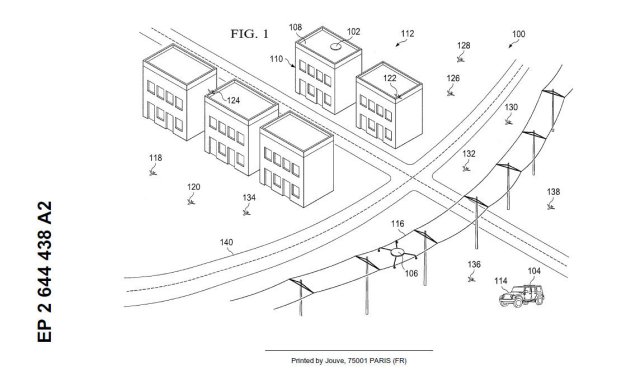
Small drones are already effective weapons for urban warfare—when armed with miniature warheads, these stealthy spies can turn into lethal assassins. So far their biggest limitation is battery life, but Boeing’s patent for a drone battle station sets out to overcome that. Continue reading

